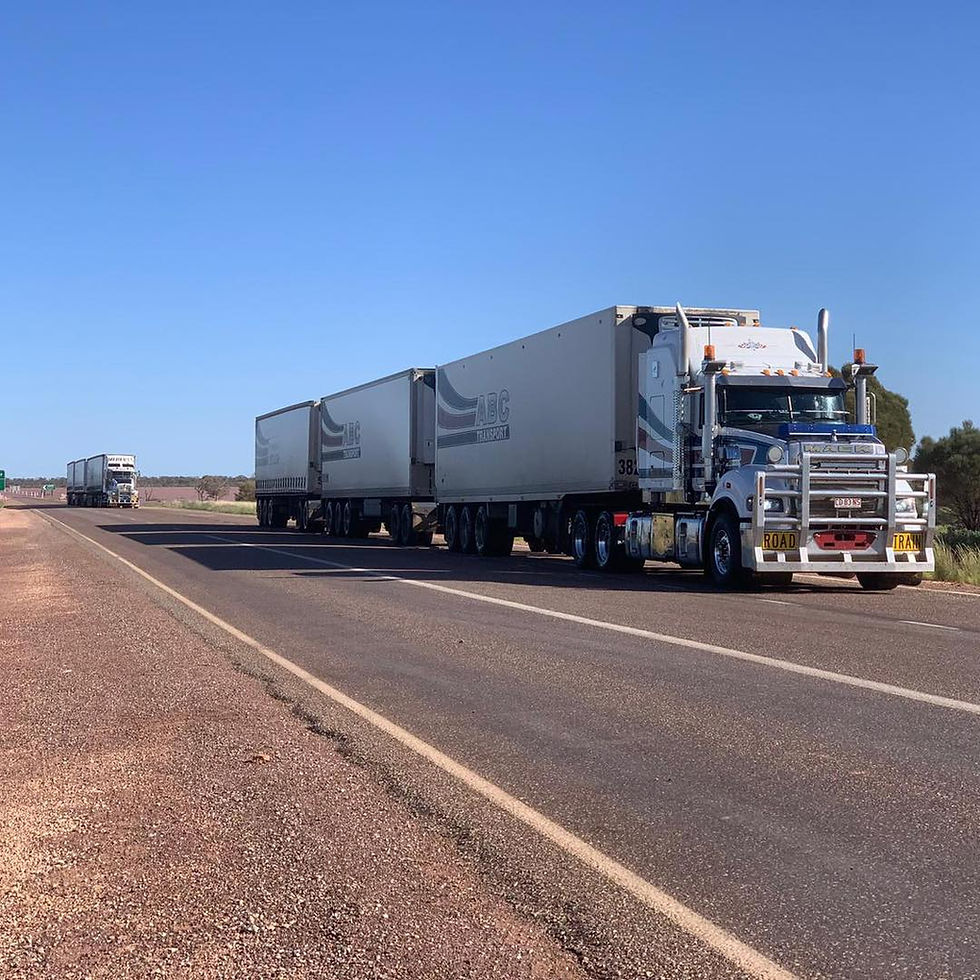Will submarines lead the way to civil nuclear energy?
- John McDonnell
- Mar 30, 2021
- 2 min read
Nuclear energy is suddenly getting a lot more attention. It was raised at the Nationals party conference on the weekend and is on the agenda for the Labor party conference this week.
Recently a book appeared edited by Professor Tom Frame of the University of New South Wales entitled “An Australian Nuclear Industry. Starting with Submarines?” The book was based on papers delivered at a seminar held by the Submarine Institute of Australia. Another seminar to discuss the book is due to be held shortly.
The people attending the seminar were mainly proponents of nuclear power but the views they expressed are currently being reflected in discussions the American defence establishment is having with the Australian government.
The reservations that the Pentagon has with Australia’s French-built nuclear project are summed up in Commodore Denis Mole’s chapter in the book:
“Nuclear submarines can be highly effective in open ocean or focal points, whereas conventional submarines are relatively effective only in focal points. The key question, in considering whether to opt for nuclear submarines, must be ‘how important is it for our submarines to operate in the open ocean and how much is it worth to do that?’ ”
It is becoming clear that the US view is that Australia’s submarine fleet must be capable of operating in the open ocean if it is to play a useful role in protecting Australia’s Indian ocean sea lanes from Chinese intervention.
However, as an article in ‘Australian Defence Magazine’ by Ewen Levick shows, this is not as straightforward as might be expected.
Australia lacks nuclear infrastructure and skilled workers necessary to support a nuclear naval industry. Levick argues that we would have to build at least two conventional ‘attack class’ submarines while we are gearing up to have a nuclear industry.
This accords with the timeframe for the advent of civil small modular nuclear reactors for domestic power generation if this policy approach was adopted.
Levick points to a number of issues that would need to be addressed. Firstly, a decision would have to be made on where the Australian uranium, that is to be used as a nuclear fuel, will be enriched. The simplest solution would be for it to be enriched in the United States or France in the short term. As Levick says:
“Building or importing nuclear infrastructure and know-how is possible but it would require time and significant political backbone to convince a sceptical public that the cost and risk is necessary; and as polls taken during the last federal election showed, defence is low on the public’s list of priorities. It would also require Australia to convince a foreign supplier that it can safely operate nuclear submarines and infrastructure. That’s not a quick process.”
It follows that if Australia decides to move to nuclear submarines it will end up with a civil nuclear industry whether it wants one or not. Conversely, if Australia decides to adopt nuclear power as part of its agenda to achieve zero emissions by 2050 then this will facilitate the adoption of nuclear submarines.
On Tuesday, FlowNews24 spoke with South Australian Chamber of Mines and Energy's CEO Rebecca Knol recently about their SA state budget submission which proposes a nuclear roadmap for the state and nation, noting that SA holds one of the world's greatest uranium deposits:






Comments